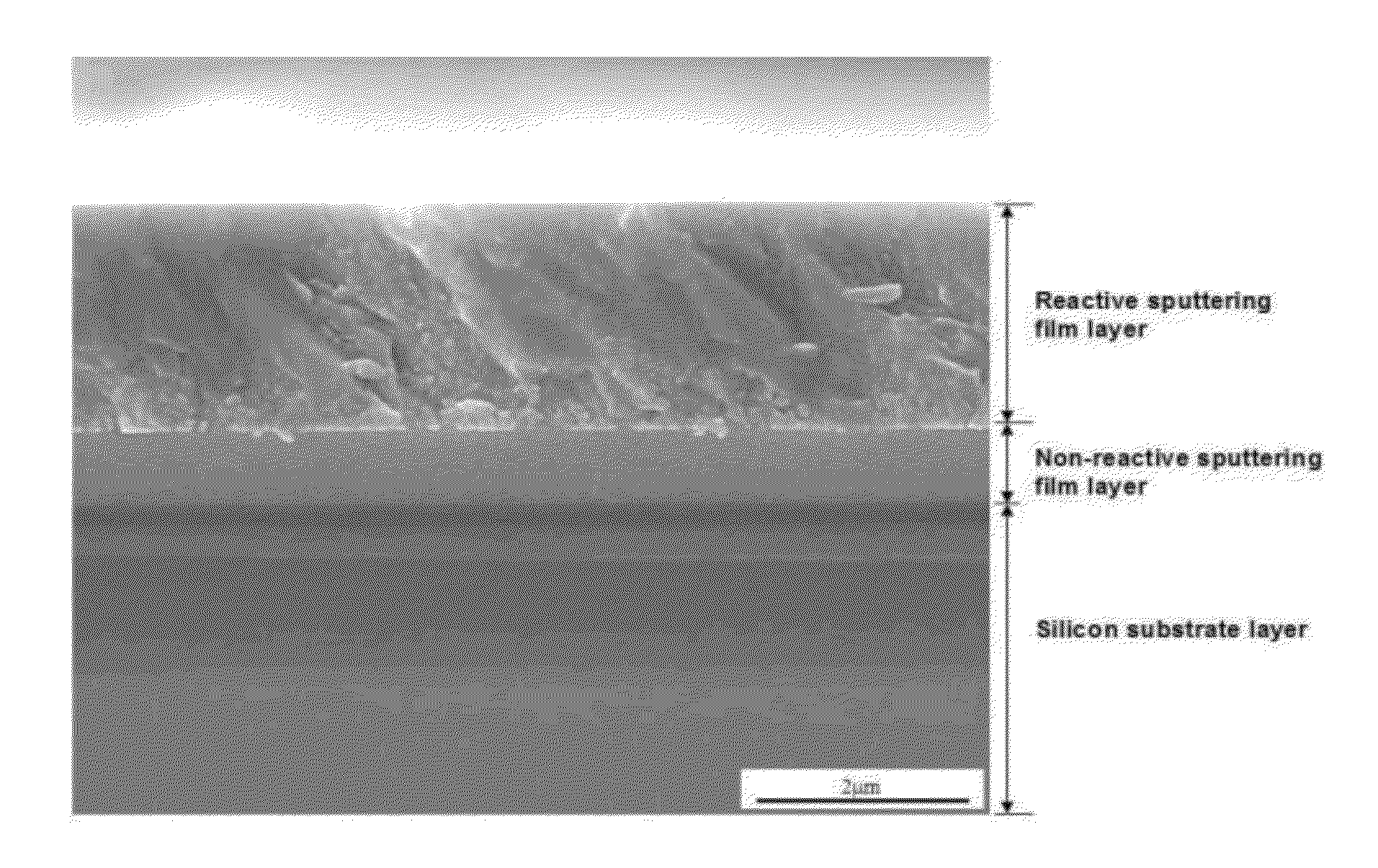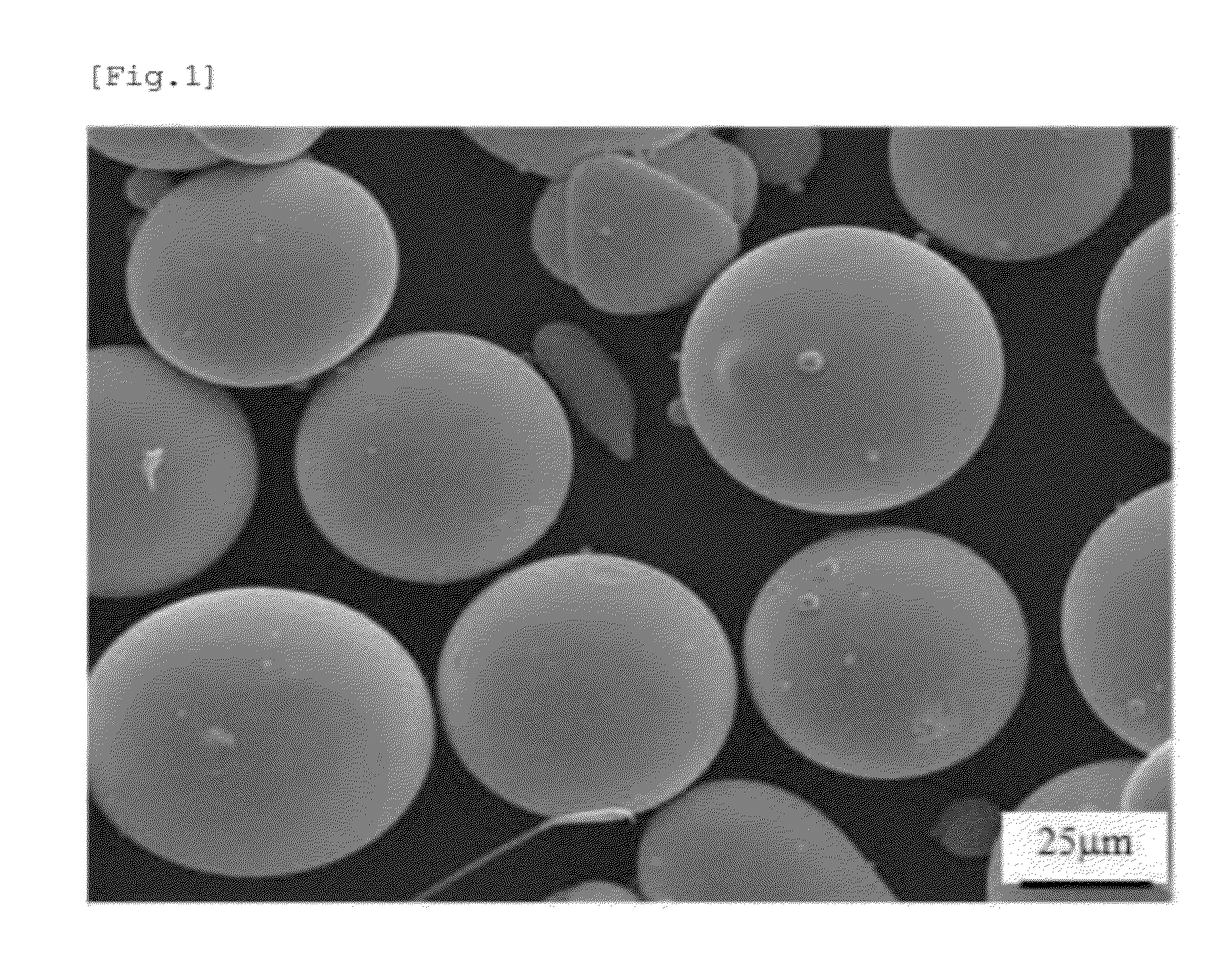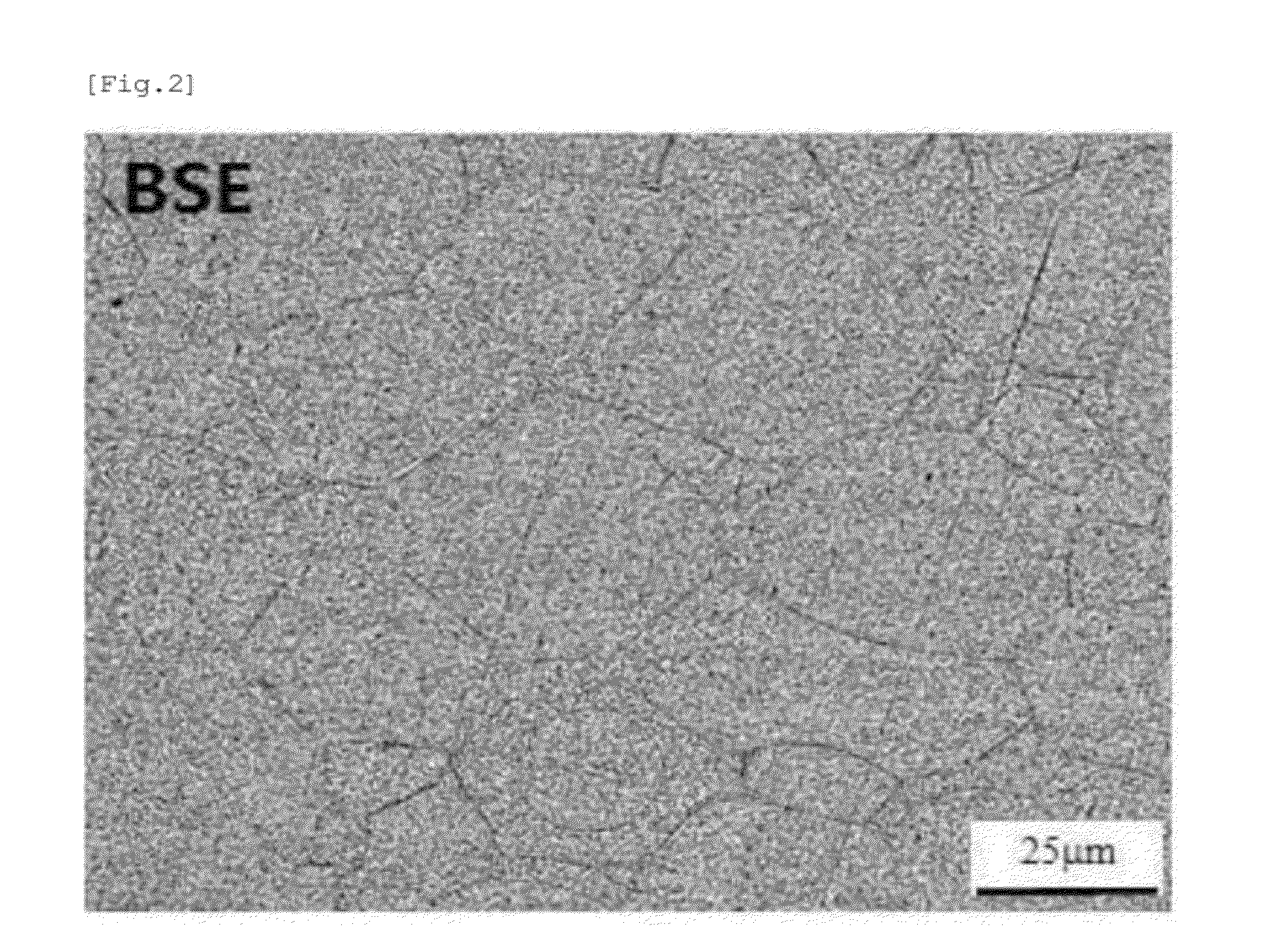Sputtering target of multi-component single body and method for preparation thereof, and method for producing multi-component alloy-based nanostructured thin films using same
a nanostructured thin film and multi-component technology, applied in the direction of metallic material coating process, diaphragm, plant products, etc., can solve the problems of low hardness and low elastic modulus characteristics of substrate materials, and many problems in terms of coating durability, so as to achieve high efficiency
- Summary
- Abstract
- Description
- Claims
- Application Information
AI Technical Summary
Benefits of technology
Problems solved by technology
Method used
Image
Examples
Embodiment Construction
[0059]Table 1 below shows the properties of sputtering and reactive sputtering thin films formed from glass-forming alloy compositions as the parent materials of sputtering targets according to the present invention and indicates examples 1 to 16 for the sputtering targets of the present invention and comparative examples 1 to 3. In the following description, the examples designate those shown in Table 1.
TABLE 1Target materialRatio (%)ConstituentSputtering filmReactive sputtering filmExamples / of nitridephases ofHard-ElasticConstituentHard-ElasticConstituentComparativeChemical compositionformingsinterednessmodulusphases ofnessmodulusphases ofExamples(at %)elementmaterial(GPa)(GPa)film(GPa)(GPa)filmExample 1Zr55Al20Ti5Ni10Cu1080.0Crystalline +6.5110.7Amorphous26.0256.3nc-ZrN +amorphousamorphousExample 2Zr62.5Al10Fe5Cu22.577.5Amorphous6.7113.8Amorphous23.1251.5nc-ZrN +amorphousExample 3Zr62.5Al10Mo5Cu22.577.5Amorphous7.0119.0Amorphous22.6237.5nc-ZrN +amorphousExample 4Zr58.5Al9Mo10Ni9C...
PUM
| Property | Measurement | Unit |
|---|---|---|
| elastic modulus | aaaaa | aaaaa |
| thickness | aaaaa | aaaaa |
| elastic modulus | aaaaa | aaaaa |
Abstract
Description
Claims
Application Information
 Login to View More
Login to View More - R&D
- Intellectual Property
- Life Sciences
- Materials
- Tech Scout
- Unparalleled Data Quality
- Higher Quality Content
- 60% Fewer Hallucinations
Browse by: Latest US Patents, China's latest patents, Technical Efficacy Thesaurus, Application Domain, Technology Topic, Popular Technical Reports.
© 2025 PatSnap. All rights reserved.Legal|Privacy policy|Modern Slavery Act Transparency Statement|Sitemap|About US| Contact US: help@patsnap.com



